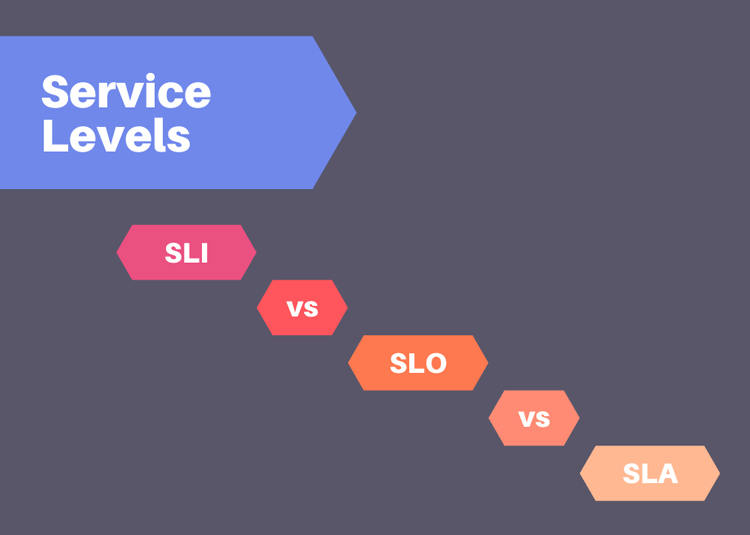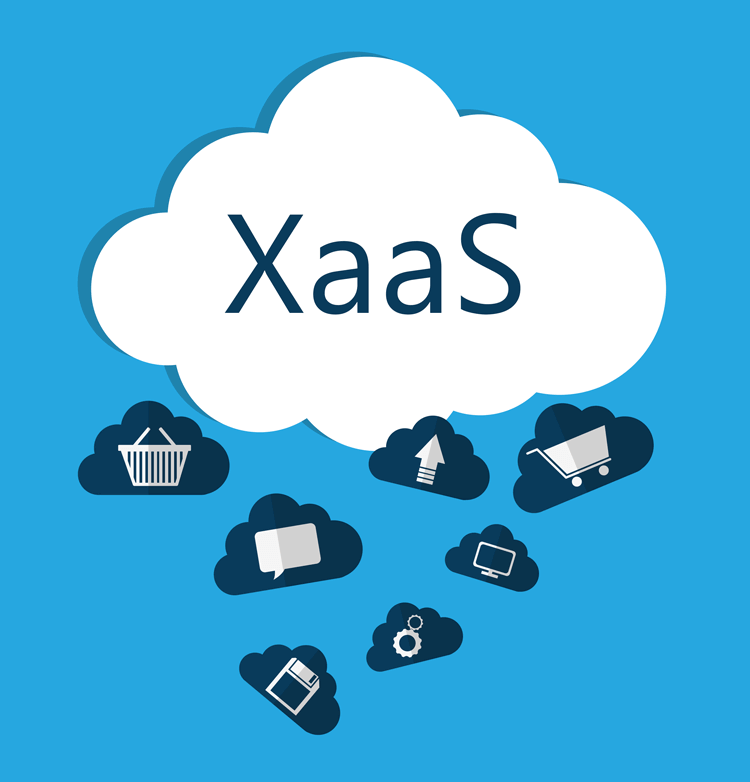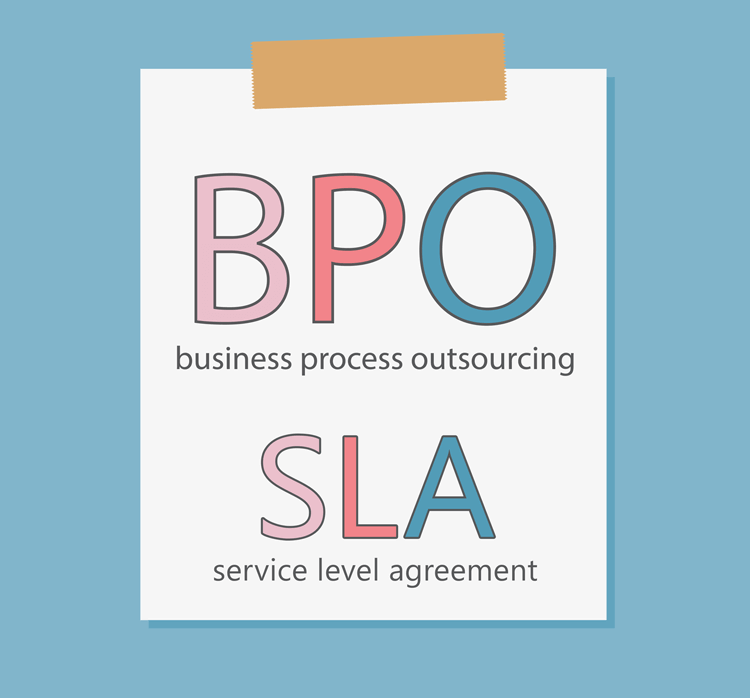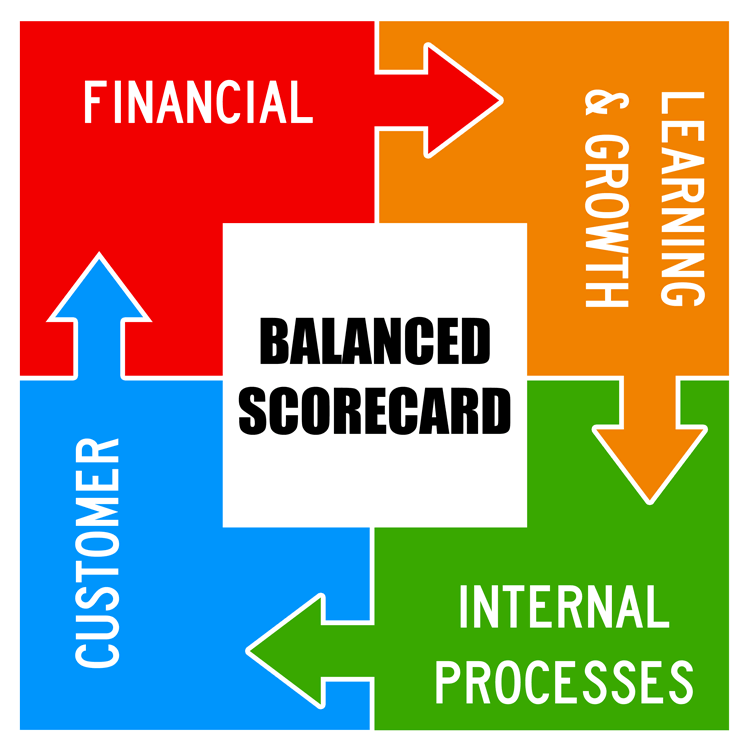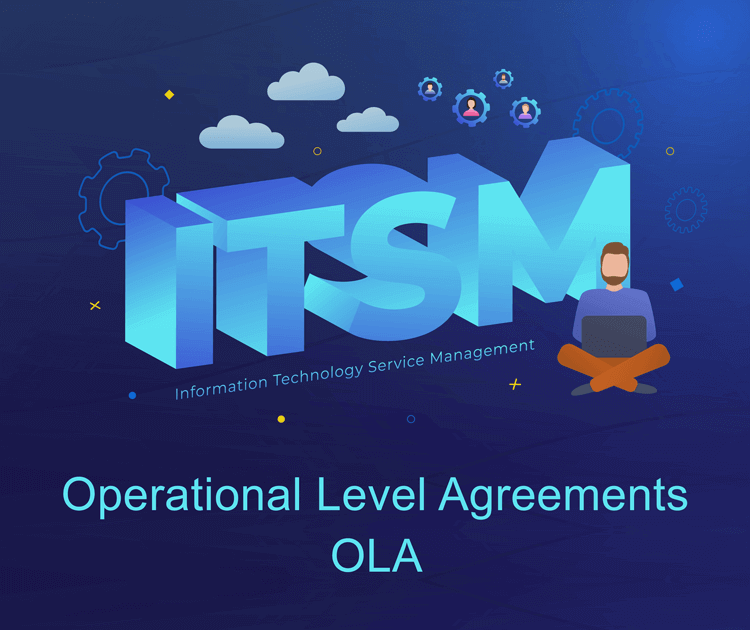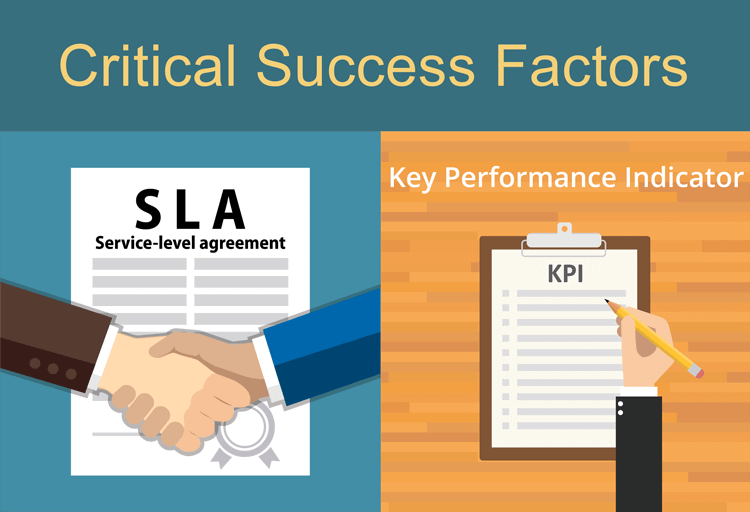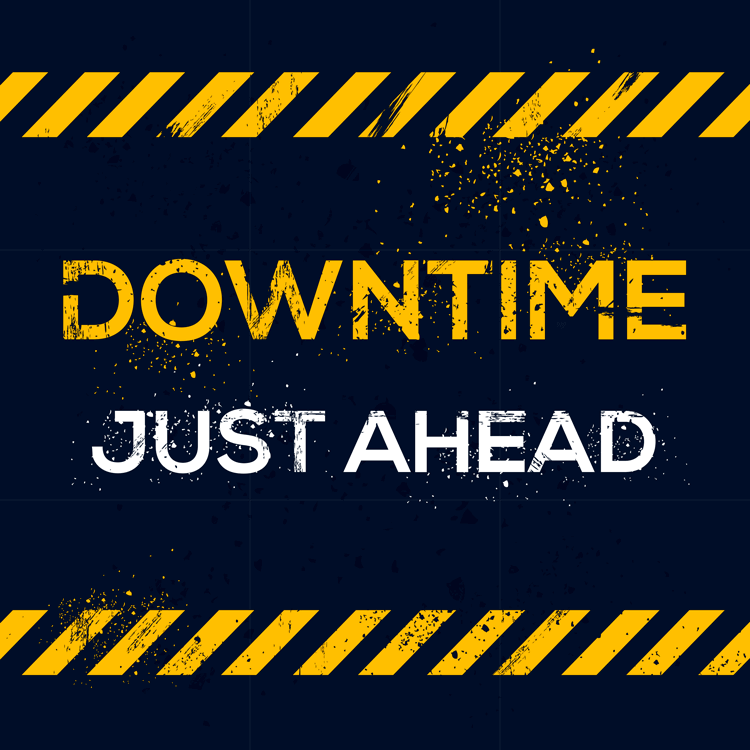SLI, SLO & SLA: What's the Difference?
Site Reliability Engineering (SRE) is a software engineering approach for IT operations. It utilizes software as a tool for managing systems, automating tasks, and solving problems to ensure the availability of your applications mainly through the process of monitoring service-level metrics. These metrics are related to business objectives, made up of shared goals across your team, the capabilities of your product/service, and the customer experience.
